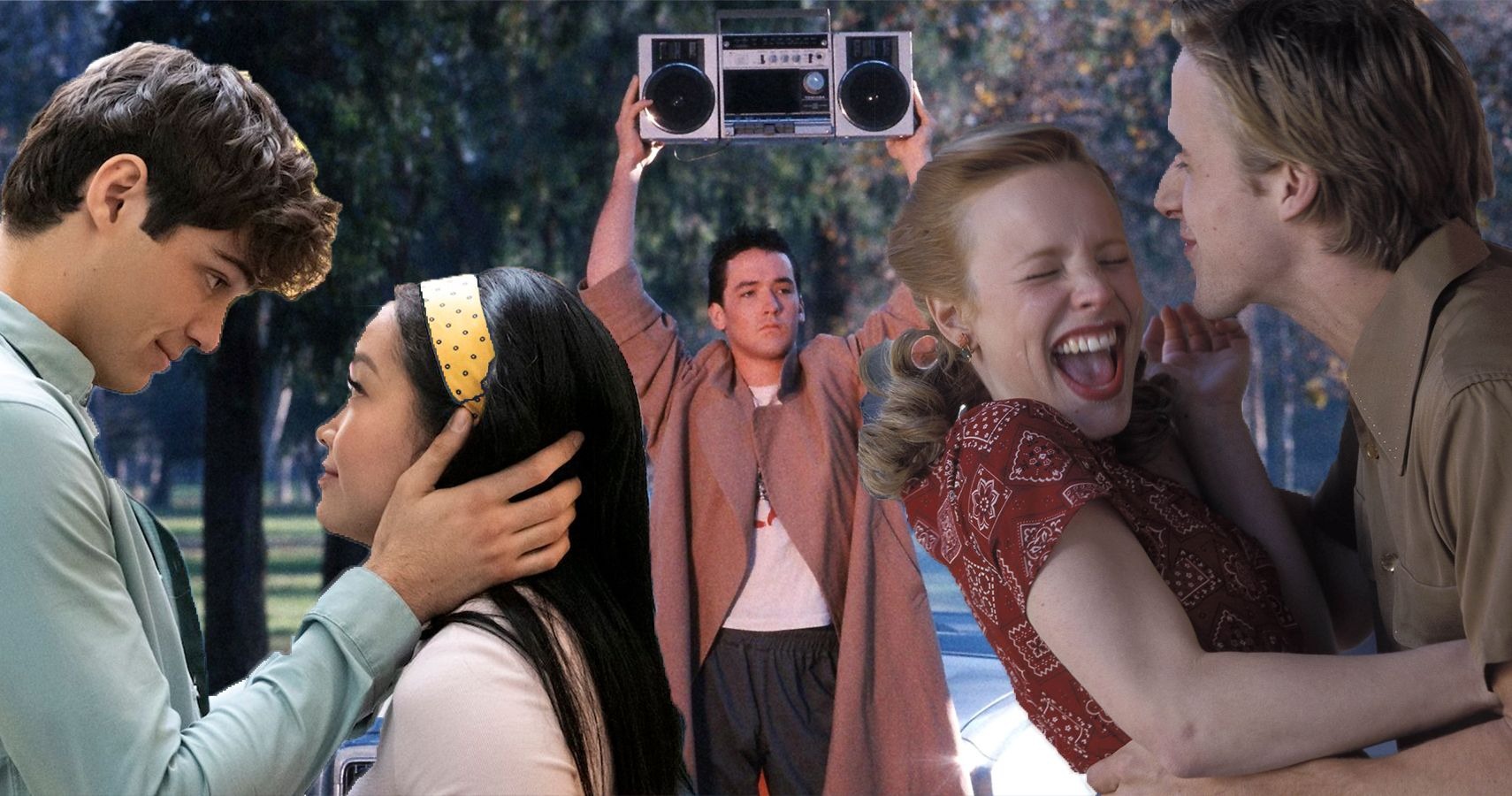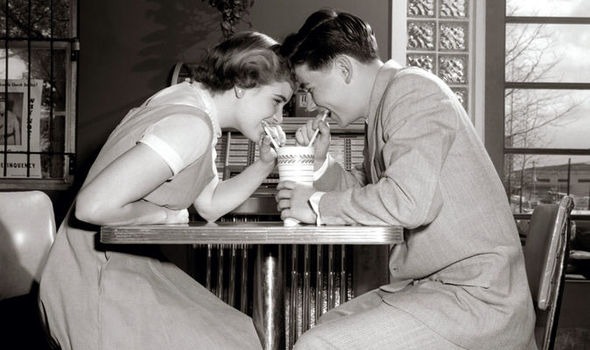Discover How Teenagers Dated In The 1950s
The 1950s stand out as an era of innocence, where the American teenage dream was filled with malt shops, sock hops, and high school sweethearts.
This decade not only defined a generation but also set the stage for modern dating practices. As teens embraced newfound freedoms post-World War II, they revolutionized dating norms, creating a culture that still echoes in the present day.
Let’s journey back to explore the world of 1950s teenage dating, from the rituals of going steady to the social pressures of the time.
The Evolution of Dating: From Calling to Courting

Dating in America, as we know it, was a relatively new phenomenon in the 1950s. Prior to this era, “calling” was the standard courtship ritual, where men would visit women at their homes under the watchful eyes of parents.

However, as societal norms began to shift, dating emerged as a more casual, youth-driven activity. Unlike calling, dating allowed teens to explore relationships in a more relaxed, enjoyable setting, often away from parental supervision.

The automobile and the proliferation of teen culture made dating more accessible and widespread, transforming it into a quintessential part of American adolescence.
The Ritual of Going Steady

“Going steady” became a cornerstone of teenage dating in the 1950s, representing an exclusive commitment between two people. This phase, once a precursor to marriage, evolved into a more casual, yet still significant, stage in a relationship.

Tokens of affection like class rings, letterman jackets, and ID bracelets symbolized a couple’s commitment. Although the seriousness of these relationships varied, going steady was often seen as a sign of social status and maturity among teens.

It was a period of “play-marriage,” where teens could experience the exclusivity of a relationship without the immediate pressure of marriage.
Getting a Date in the 1950s

Dating in the 1950s followed a predictable pattern, especially for girls. It started with casual interactions on the playground, progressing to double dates as a way to ease into the more intimate world of single dates.

Double dating was a strategic move, often used to reduce the awkwardness of initial romantic encounters. Eventually, if the chemistry was right, couples would move on to single dating, and, for some, the ultimate goal was “going steady.”

This term took on a new meaning in the 1950s, no longer signaling an imminent marriage but rather a serious, exclusive relationship.
Going steady involved visible tokens of commitment, such as wearing a boy’s class ring or letterman jacket, and it was a status symbol in high school social hierarchies.
The Economics of Dating: Who Paid and How Much?

Dating in the 1950s, while romanticized in films and media, was also an economic activity.
In the 1950s, it was a given that boys would foot the bill for dates. This financial responsibility could add up, especially with the expectation of paying for movies, snacks, and special occasions like proms.

On average, a frugal teenage boy might spend about $7 a month on dating—equivalent to about $70 today. This sum covered a couple of basketball games, some sodas, and maybe a drive-in movie or two.
Special events, however, like proms, could be much more expensive, requiring the rental of tuxedos, the purchase of corsages, and even gifts.

While girls had their own expenses, particularly for formal dresses, the financial burden was heavier on the boys.
Despite that, dating was an essential part of teenage life as it brought valuable life experiences.
The Role of Schools and Media: Shaping Teenage Dating Norms

Schools played a significant role in guiding teenage behavior, especially when it came to dating. Educational films and classes were designed to promote “clean living” and proper conduct.
These films often depicted idealized versions of dating, complete with rules about how to act and where to go. They emphasized modesty and the importance of maintaining one’s reputation.

Beyond the classroom, magazines and movies also influenced teenage dating norms. Magazines like Seventeen provided tips on how to attract boys and navigate relationships, often reflecting both the conservative values of the time and the evolving attitudes of the youth.

Movies often portrayed romance as an exciting adventure, though usually within the bounds of societal expectations.
The Unspoken Rules of Intimacy

The 1950s were a paradoxical time when it came to sex and dating. On the one hand, public displays of affection like kissing and hugging became more common, especially with the privacy offered by cars and darkened movie theaters.

Terms like “necking” and “petting” entered the teenage lexicon, referring to varying degrees of physical intimacy. Despite these behaviors becoming more normalized, the era was still deeply rooted in conservative values.

Virginity was highly prized, particularly for girls, and losing it outside of marriage was often seen as a moral failing.
Magazines and advice columns stressed the importance of maintaining purity, and the fear of unwanted pregnancy or social disgrace kept many teens from crossing certain boundaries.

Nevertheless, the tension between desire and societal expectations made dating in the 1950s a complex dance filled with both excitement and anxiety.

